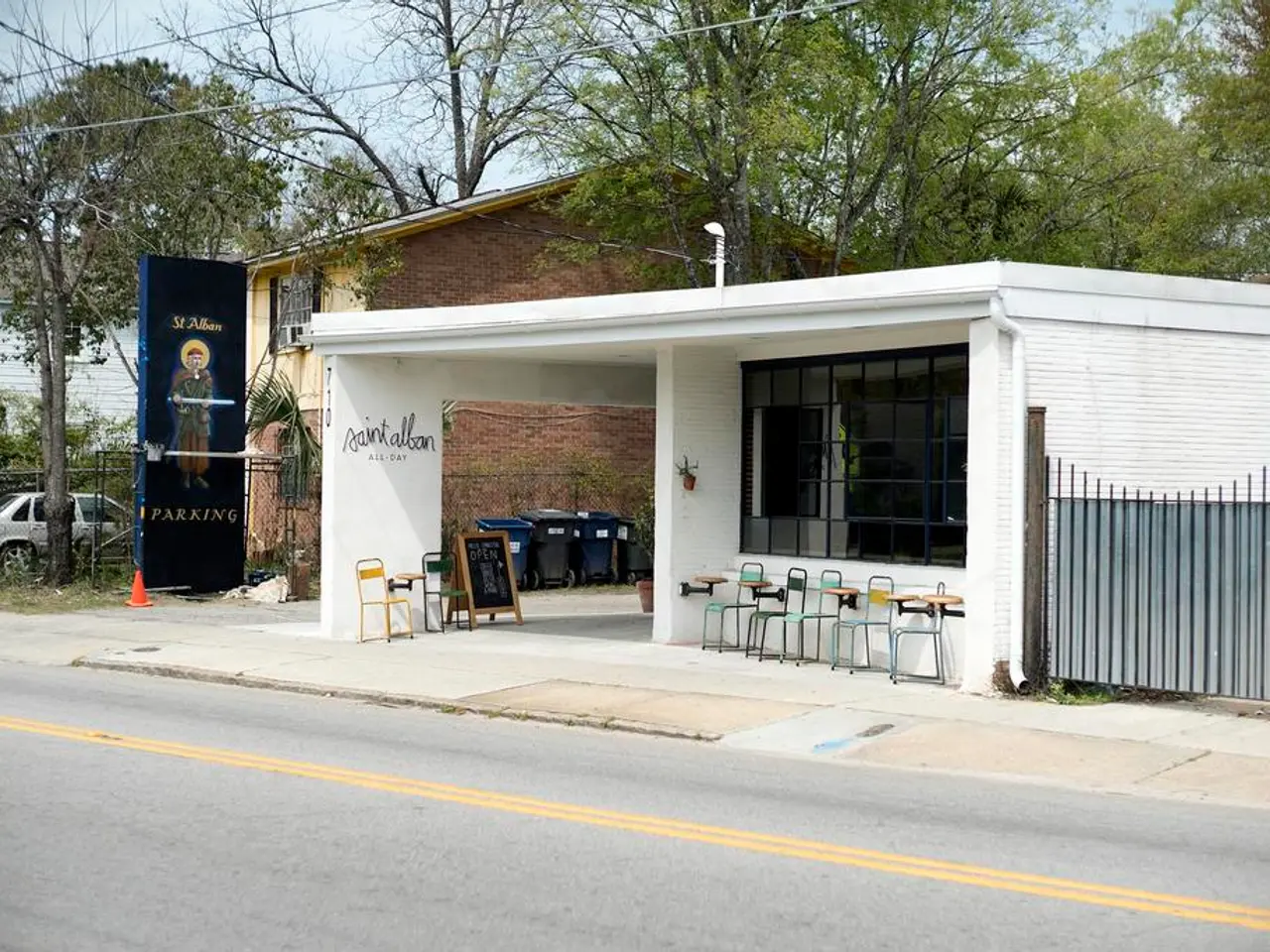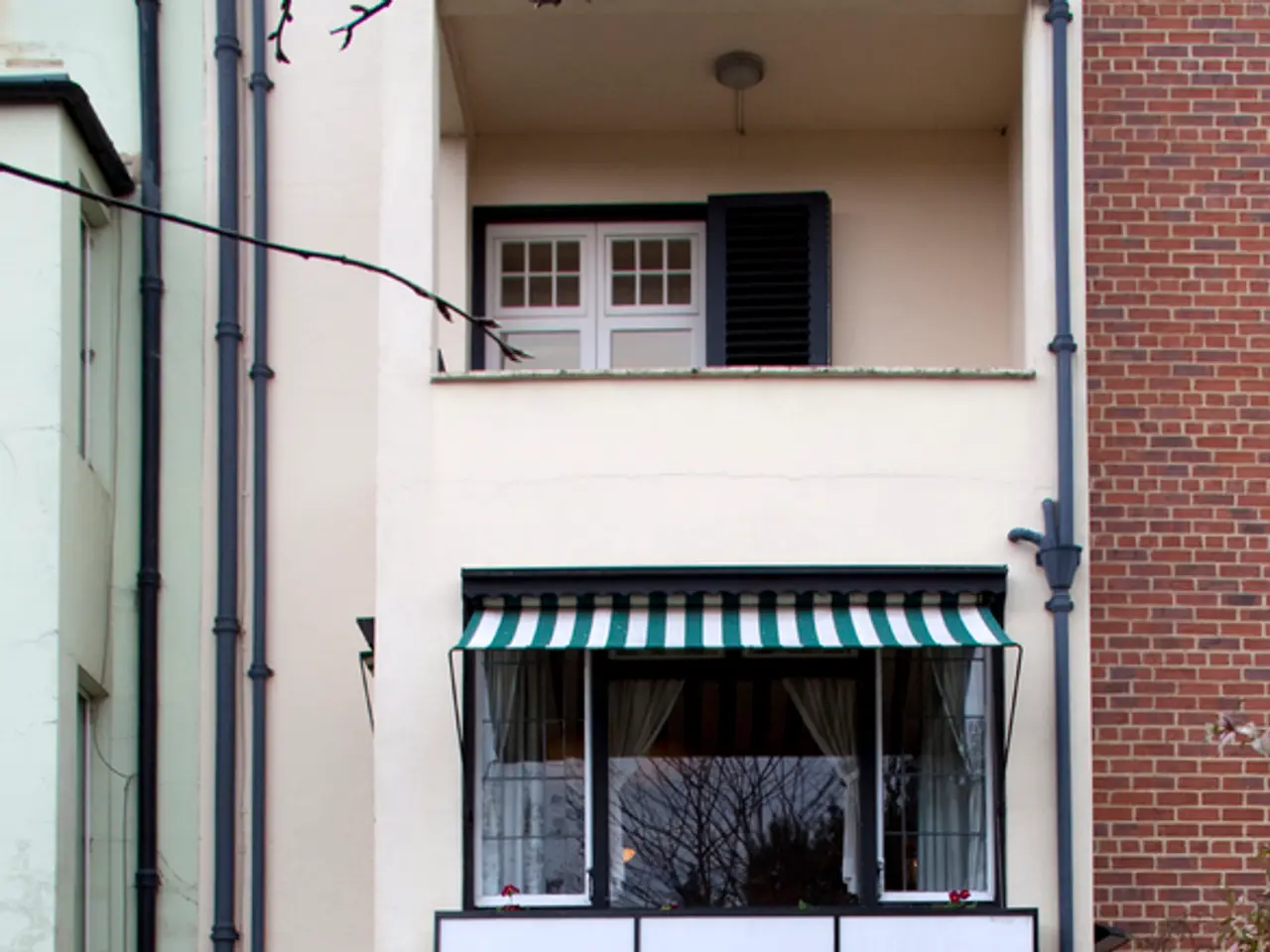Pondering Over a Restaurant Redesign? Here are Some Key Considerations for Your Project
A restaurant renovation isn't just about a fresh coat of paint or new decor. It's a strategic move to increase profitability and stay competitive in the ever-evolving dining landscape.
Renovating a restaurant can generate profits in a short time span, but it's essential to approach the process thoughtfully. Collaborating with remodeling companies, interior designers, and design agencies can help enhance a restaurant's layout and functionality. However, the most crucial aspect is understanding the needs and preferences of customers.
Gathering customer feedback is key to a successful renovation. Methods such as social media review analysis, comment cards, suggestion boxes, email campaigns, and conversations during business hours can provide valuable insights. These insights guide design and operational decisions that enhance the dining experience, increase customer satisfaction, and support business goals.
Enhancing the customer experience is at the heart of a successful renovation. Understanding what customers enjoy or dislike about the current atmosphere, seating comfort, lighting, noise levels, and decor can help tailor the renovation to create a more inviting and pleasant environment.
Optimizing seating and layout is another critical aspect. Customer insights help identify needs for more seating or better space utilization to accommodate peak hours without sacrificing comfort.
Improving kitchen efficiency and service is equally important. Feedback on speed and food quality informs equipment upgrades and kitchen workflow redesigns for better operational efficiency and customer satisfaction.
Preserving the restaurant's unique character is equally important. Feedback reveals emotional connections customers have with the restaurant’s unique identity and ambiance, helping avoid changes that alienate loyal patrons. Cracker Barrel, for example, has used customer input to shape design choices to maintain its nostalgic appeal.
Designing targeted feedback tools is also crucial. During soft openings or early phases, structured feedback using rating scales, open-ended questions, and incentives encourages detailed input on specific aspects that shape ongoing improvements.
Ongoing refinement post-renovation is also essential. Customer feedback drives continuous operational adjustments even after reopening, enabling fine-tuning of offerings, staff workflows, and service processes to sustain long-term success.
In conclusion, effectively collecting and analyzing customer feedback establishes a customer-centered renovation process, reducing costly missteps and enhancing both the dining environment and operational efficiency. It helps balance aesthetic improvements, functional upgrades, and emotional connection to meet evolving guest expectations.
Remember, a well-maintained restaurant exterior with vibrant signage and on-brand aesthetics can pique the interest of passersby. The exterior, including walkways, buildings, and signage, should be closely assessed during a renovation for visual appeal and to attract customers.
Timing is crucial in restaurant renovations, with renovations typically needed approximately every five years to stay competitive. To minimize the impact on the business, consider undertaking a renovation during the "off-peak" period or scheduling most of the construction work for the evenings or non-business hours.
A restaurant renovation is a significant undertaking that can be expensive and time-consuming, and may alter how the restaurant is perceived by its clientele. But with careful planning, consideration, and a focus on customer feedback, a restaurant renovation can help maintain the contemporary and financial viability of a dining establishment.
To ensure a restaurant's renovation aligns with customer preferences, it's crucial to pay attention to more than just the physical changes. This includes considering improvements in food-and-drink offerings, home-and-garden aspects such as interior decor and seating comfort, and the overall lifestyle experience they expect.
By gathering customer feedback through various methods, such as social media reviews, suggestion boxes, email campaigns, and conversations, restaurants can identify areas for improvement, which in turn can lead to a more inviting and satisfying dining environment that supports business goals.




